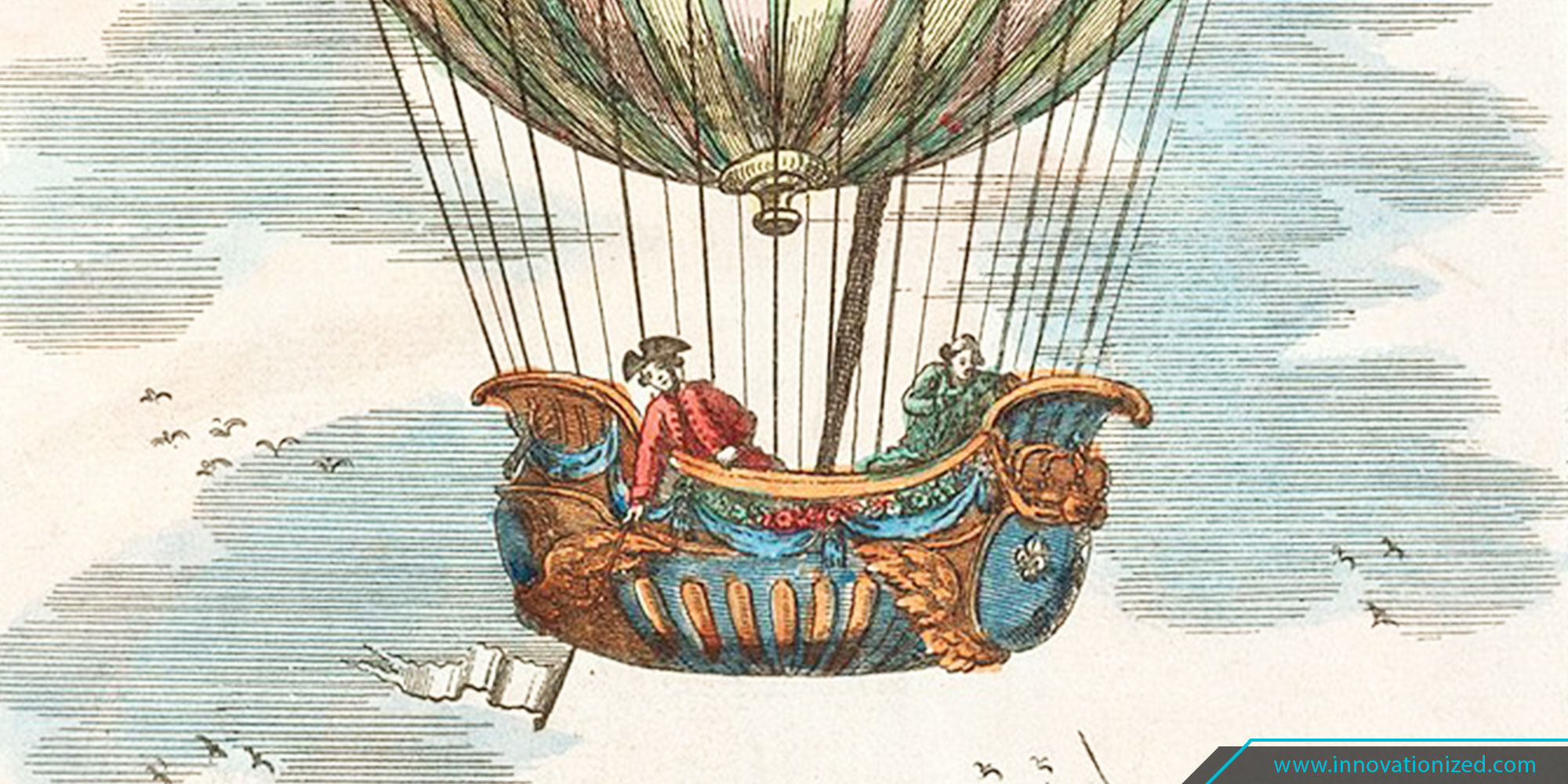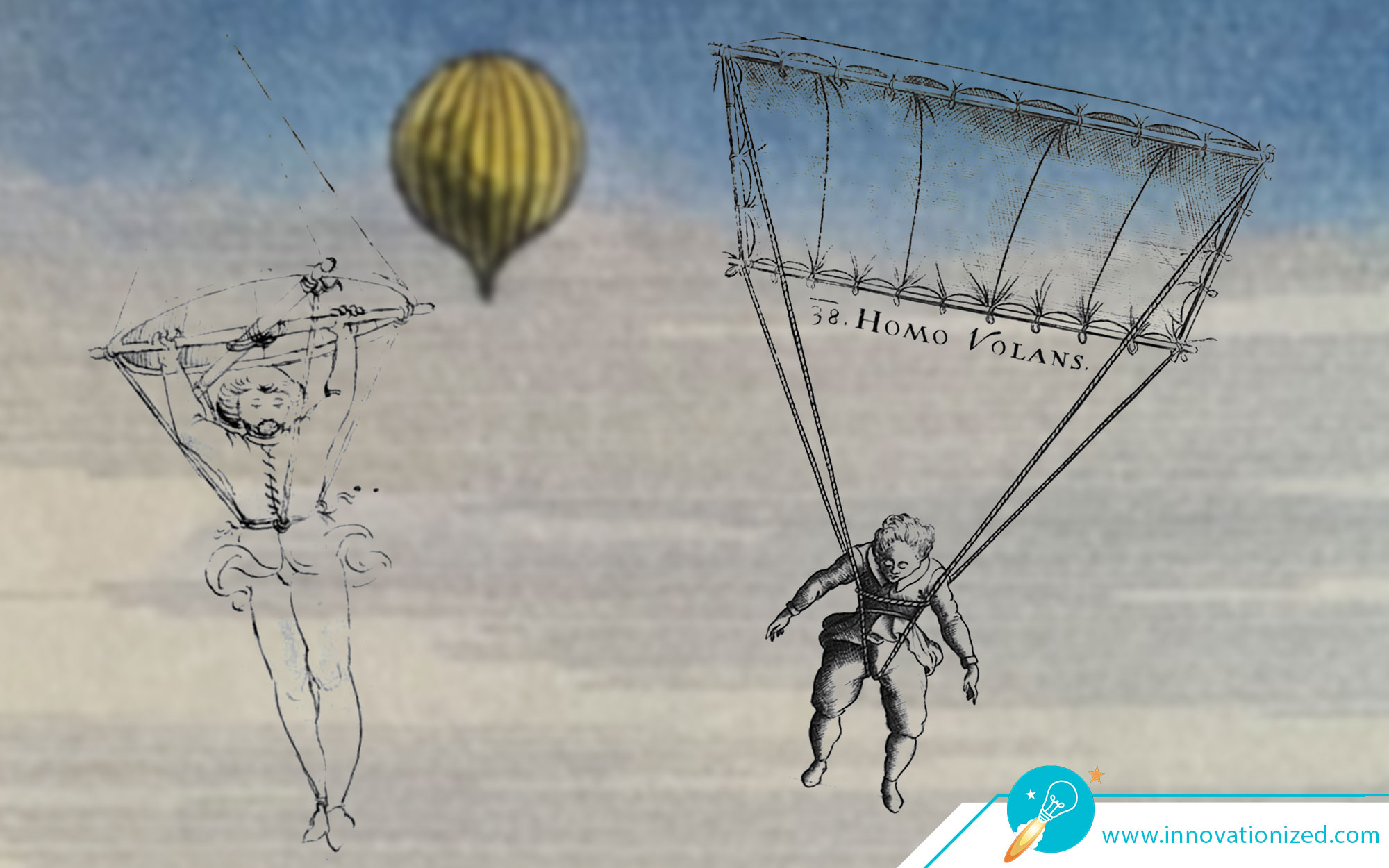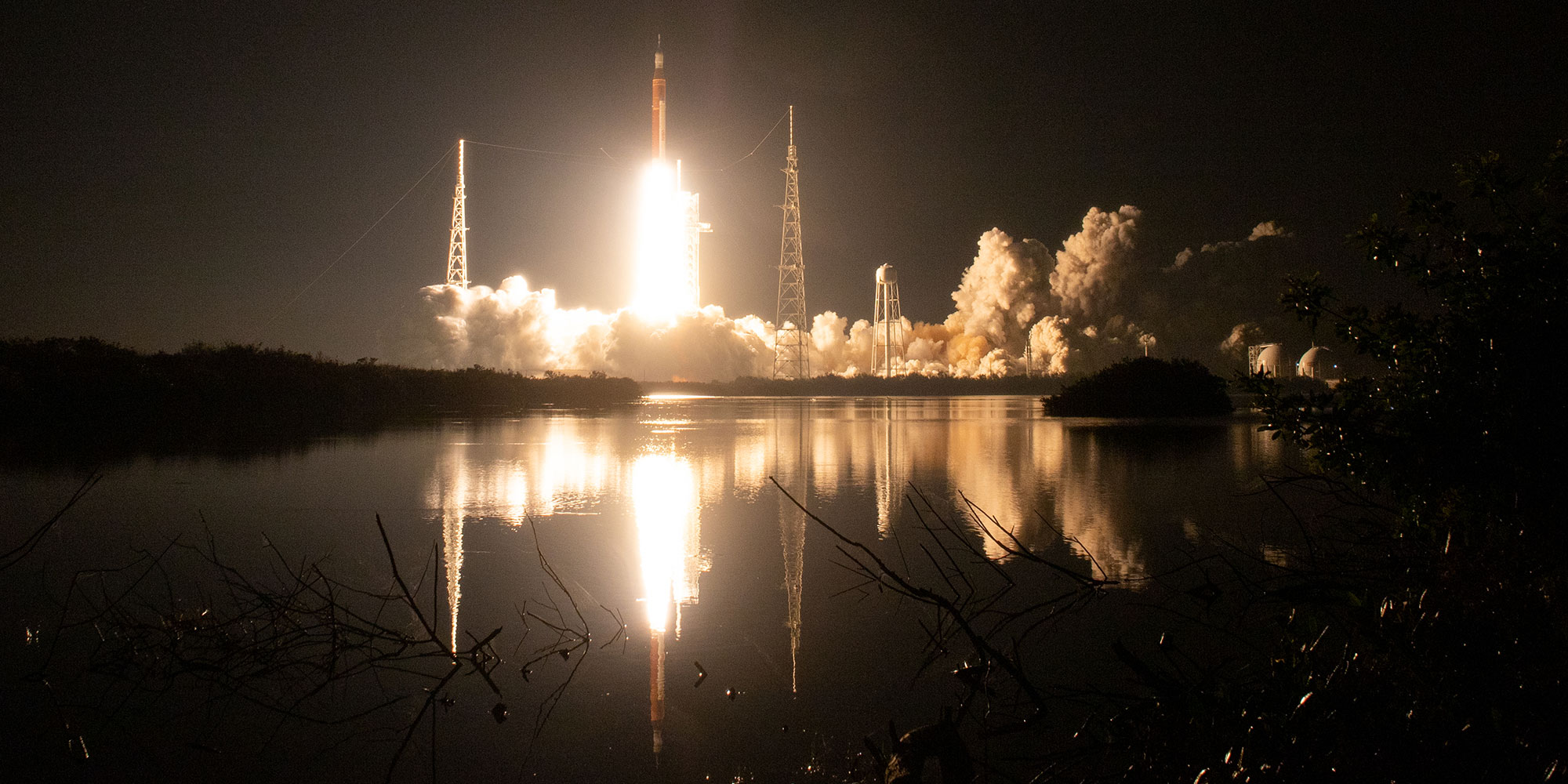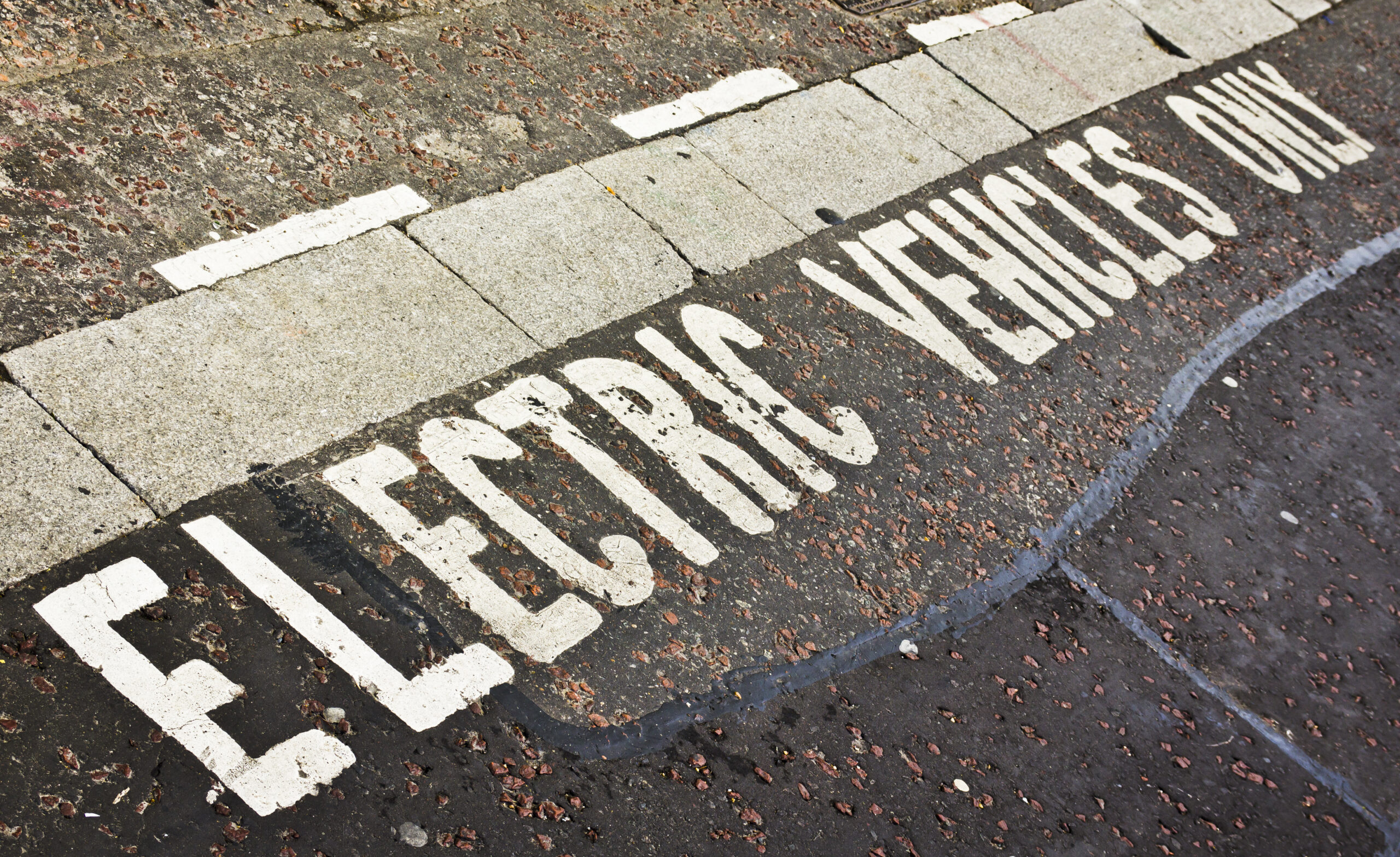The story of early flight is fascinating, involving much death and occasional humor…
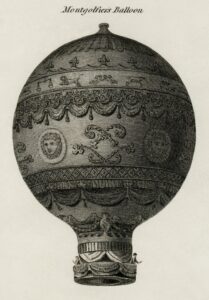
On June 4th, 1783, Etienne and Joseph Montgolfier in Annoynay, France, changed the course of history.
They used a paper balloon 33ft in diameter, lined with rubber, and heated by burning straw and wool. It reached an impressive height of 6,500ft, and traveled just over a mile.
When word arrived in Paris, it generated much excitement. Alexandre César Charles set out to recreate the Montgolfier’s experiment using hydrogen instead of hot air. In fact, he just assumed that the Montgolfier’s had used hydrogen.
On August 27, 1783 in Paris, a large crowd assembled to watch Charles’ demonstration.
The round 10ft hydrogen-filled balloon rose rapidly and soon disappeared into the clouds.
45 minutes later it landed in the main street of a small town, Gonesse, 12 miles from Paris. The townsfolk watched in fear and dread as the unknown thing descended on the town.
J.A. Bagley described the unfortunate fate of the balloon:
“The frightened population attacked the strange monster from the sky with pitchforks. It expired with a frightful hissing and a poisonous stench, which convinced the peasants of its infernal origins.”
Happily, this was not the end of experimentation with balloons and flight, just the beginning. These early successes were quickly followed by manned balloon flights.
On November 21, 1783 in Paris, the first humans escaped the bonds of the Earth. Pilâtre de Rozier and Marquis d’Arlandes stood in front of the Dauphin at Château de La Muette, boarded a balloon, and rose into the sky above Paris. The flight was not without danger and excitement. While fueling the fire with straw, the fabric of the balloon caught fire, and de Rozier and d’Arlande ran around the gallery with wet sponges putting our fires. The balloon skimmed over rooftops and narrowly missed hitting two windmills.
It’s difficult to comprehend the profound implications of that moment. This unprecedented feat was repeated with increasing daring and risk, with flights in England and the United States.
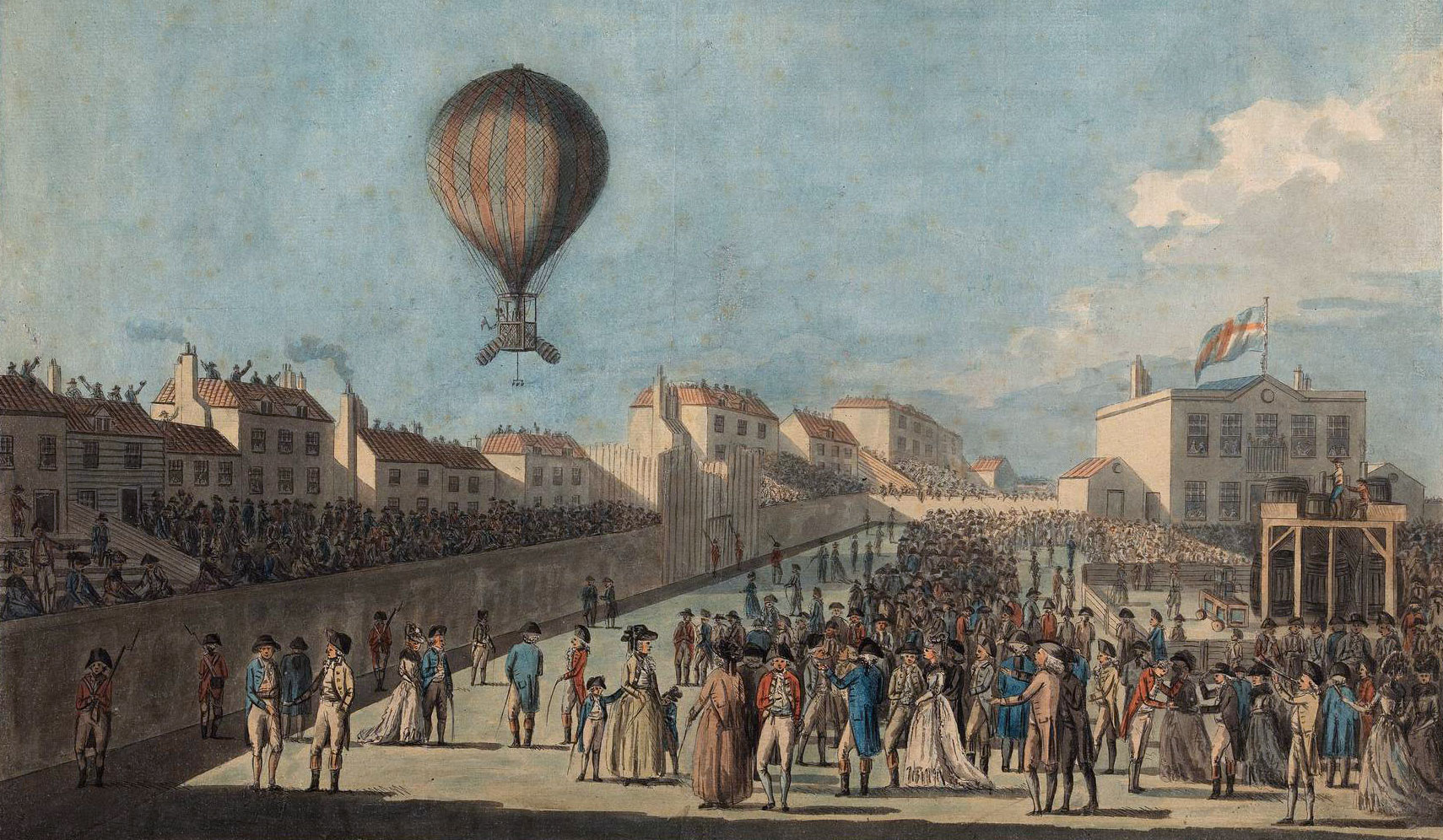
Nine years later, Jean-Pierre Blanchard made the first balloon flight in North America, on January 9, 1793, witnessed by President George Washington.
In 1797 the first human jumped out of a balloon at a height of 1 km (3,200 ft) and survived. He was Andre Jacque Garnerin. He went on to successfully jump from 2.4 km (8,000 ft).
In 14 short years, humans had devised a way to rise above the earth, and survive the plummet back down. The parachute was born.

